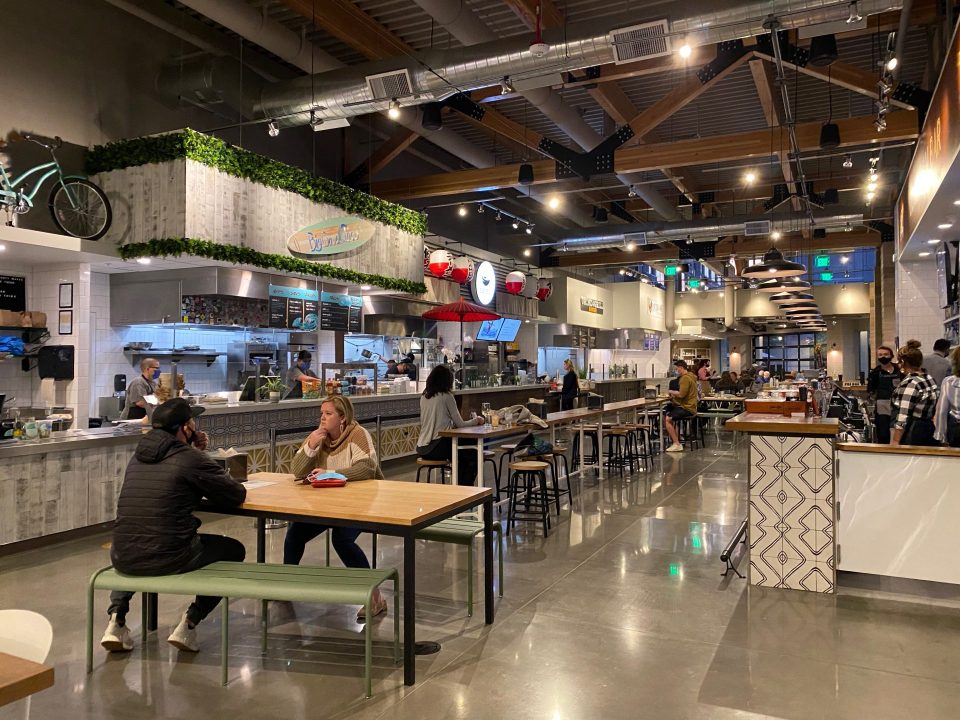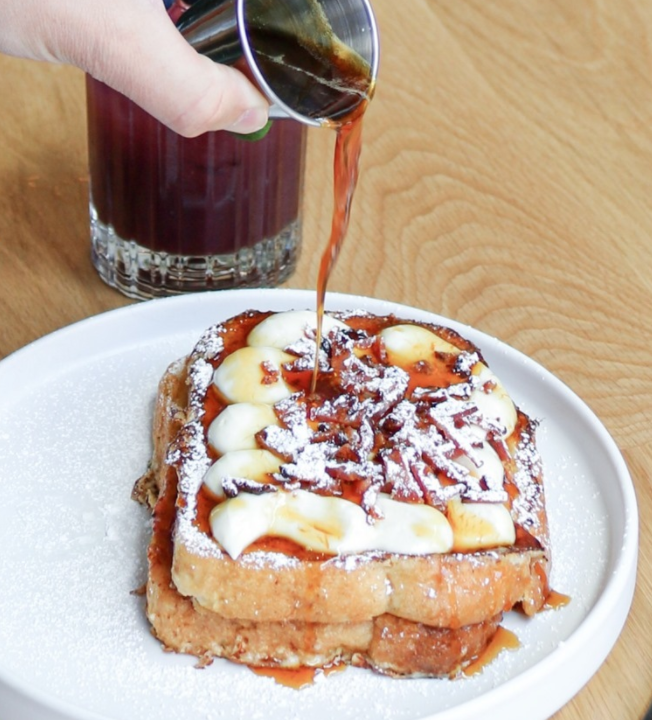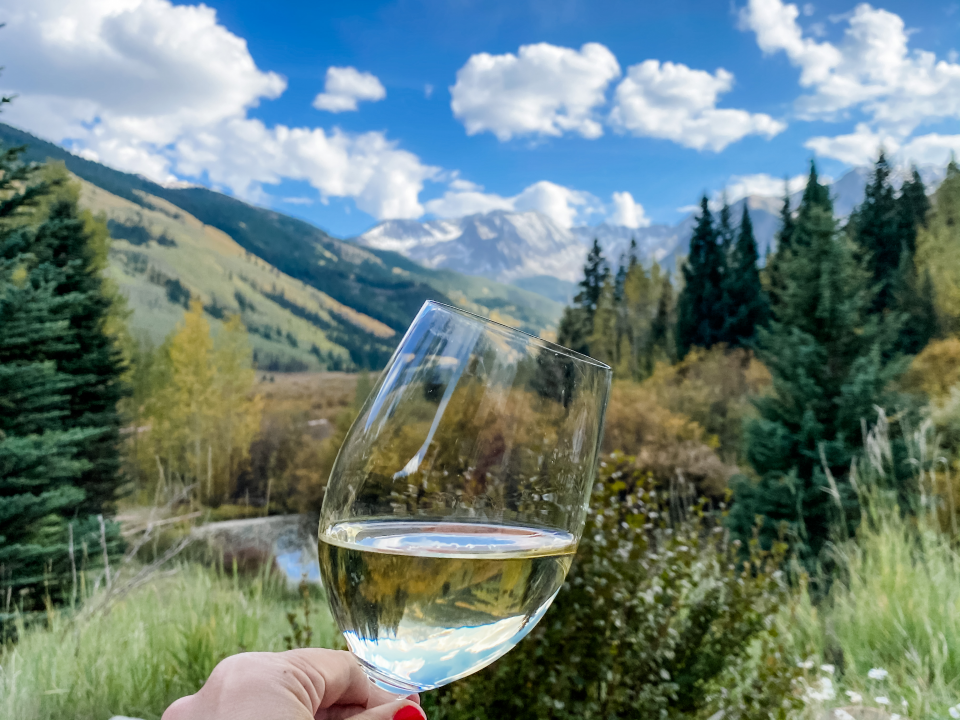Let’s Hear it for the Trees!

While Arbor Day has been around for nearly a century and a half, most of us think about trees about as often as we think about taking our next breath. However, with one providing the sustenance for the other, both are indispensable to our very existence. Today, in reverence to the oxygen and lower electricity bills they provide (tree shades home → home feels cooler → less air conditioning needed), we decided to brush up on our arboricultural skills. Bonus: The next time a client inquires about the trees on the property we’re showing them we will know exactly what to tell them!
According to Parks & Recreation, Denver’s 2.2 million trees cover 19.7% of its land area, which no doubt contributed to its nomination as one of the top 10 US cities for urban forests. Here are some of the trees you can find in the Denver Metro Area and how to identify them:
Evergreens
Evergreens get their name from the fact that they keep their color and foliage all year round. The two types of evergreens you’re likely to spot in the Denver area are:
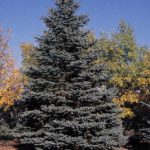
Blue Spruce
The Blue Spruce – As our state tree, it’s probably one of the most easily recognizable in Colorado due to its bluish color and shiny cylindrical cones. These conifers are great for blocking wind and providing privacy between two properties. Their pyramidal shape is perfect for stringing holiday lights, but be careful; their needles are especially sharp!
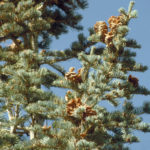
White Fir Tree
White Fir – Because of its similar conical shape, the white fir is often confused with the blue spruce. Nevertheless, you can confidently tell them apart by their cones: mature blue spruce cones hang downward whereas fir cones typically stand straight up. If you notice the cones disintegrating while still on the tree, it’s a fir. Blue spruces shed their cones while fully intact.
Flowering Trees
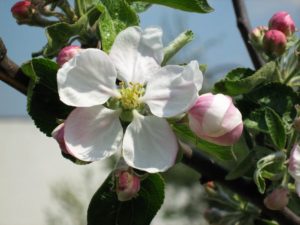
Flower from an apple tree
Apple – What is not to love about the apple tree? Its pinkish-white spring buds are not only gorgeous,but infuse the air with their sweet floral fragrance. On a hot summer day, the apple tree’s canopy, usually wider than the tree is tall, is the perfect spot to keep cool while enjoying a picnic or a good book. In the fall, we can thank these trees for apple pie, apple cider, and the crunchy satisfaction we get each time we bite into its fresh fruit.
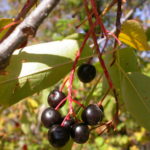
Chokecherry
Chokecherry – Growing to around 15 feet tall, the chokecherry has smooth, grey bark and oval, serrated leaves that turn deep red in the fall. Its small vernal white flowers make way for dark purple berries in the summer. Though the fruit isn’t commonly cultivated today, it was previously a staple for many Rocky Mountain Native American tribes.
Maple
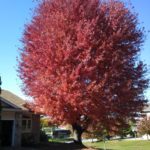
Maple Tree
Gorgeous maple trees are common throughout Colorado and can be easily spotted and identified, especially in the fall when their flat veiny leaves transition from green to a range of yellows, oranges and reds depending on the variety. Thanks to maple samaras (also known as helicopters), you may have learned a thing or two about aerodynamics as a child when tossing handfuls into the air and watching them twirl to the ground.
Aspen
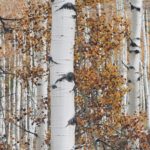
Aspen trees
The aspen is one of the most popular trees in Colorado. Like the maple, its fall foliage is breathtaking, boasting bright yellows and reds in contrast with its cream-colored bark. Because of its attractiveness and shading capabilities, it can sometimes be spotted in residential yards. However, if it doesn’t have enough room to grow, it can be problematic due to its extensive root system.
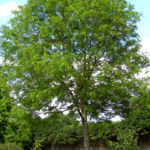
Ash Tree
Ash
The Green Ash and White Ash are among the most common trees in Colorado cities and can be recognized by their leaves. Look for toothed, oval leaves growing symmetrically opposite one another on a long stem. The female trees contain paddle-shaped seeds. Unfortunately, due to the introduction of the nonindigenous emerald ash borer (a wood-boring beetle), many ash trees in Colorado are in poor health today and are being removed to prevent further infestation.
Blue Trunk
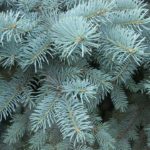
Blue Spruce Tree
We talked about the blue spruce, but have you noticed some of the trees in Denver’s theater district seem to have strangely transitioned from winter to spring this year? The vibrant blue trunks aren’t the works of a blue-secreting beetle, but those of artist Konstantin Dimopoulos, who aims to bring attention to global deforestation. Running in conjunction with the art installation, the theater district has scheduled a meditation session among the trees, weekly blues music performances, and other family-friendly and free events throughout the month of May.
If you’re looking to do some landscaping or wondering what the possibilities are for your potential new home, various resources are available to help ensure you choose trees that are right for your property. We recommend visiting the Denver Parks & Recreation Trees & Natural Resources page for tips on planting trees, finding a landscaper, and gathering information on city forestry rules and regulations.
Have a question about a tree you saw? Well, we’re still not experts on arboriculture, but we can help you find a new home with beautiful preexisting trees or tree-planting potential! Give us a call at 720-935-0412.

